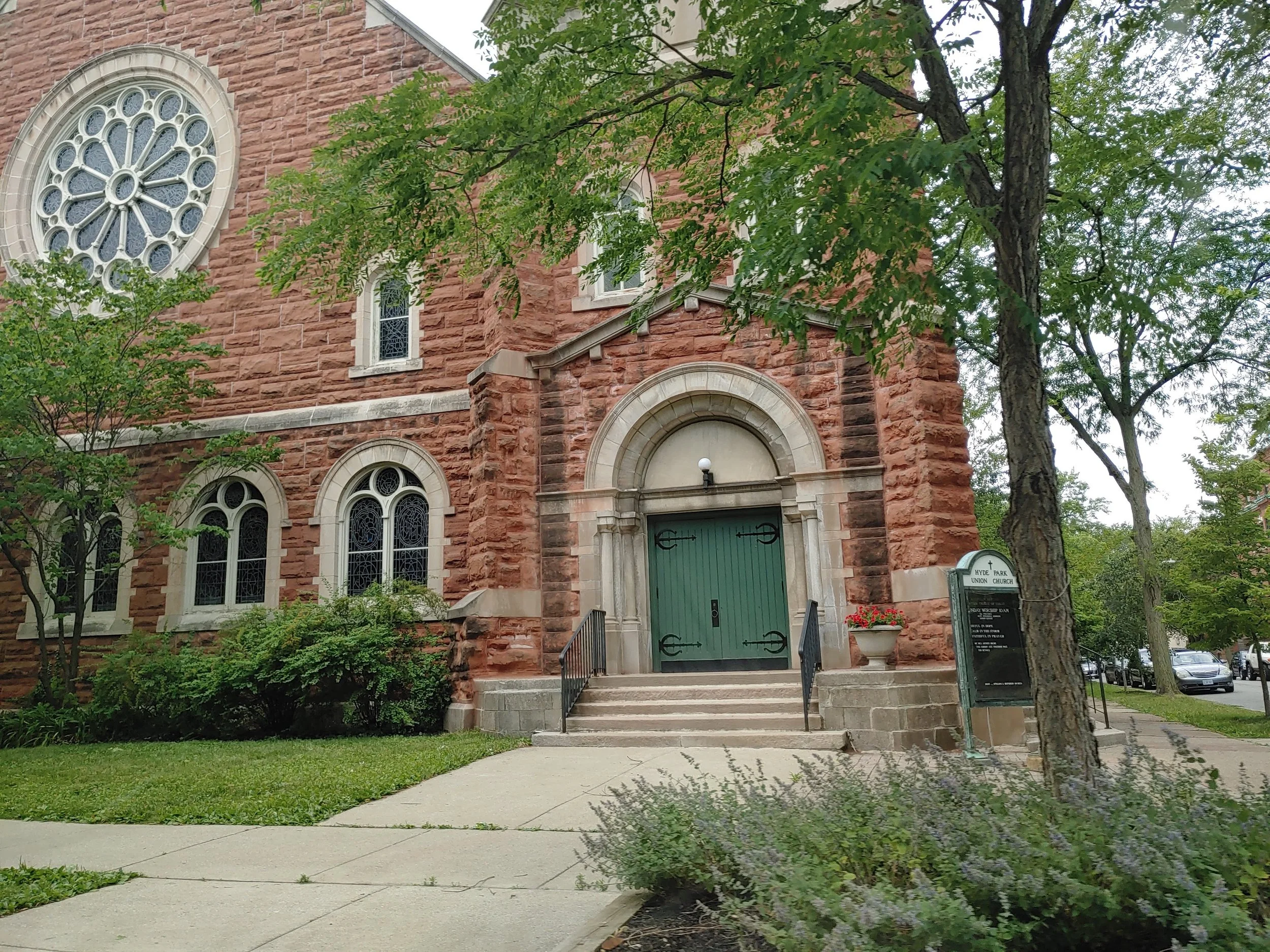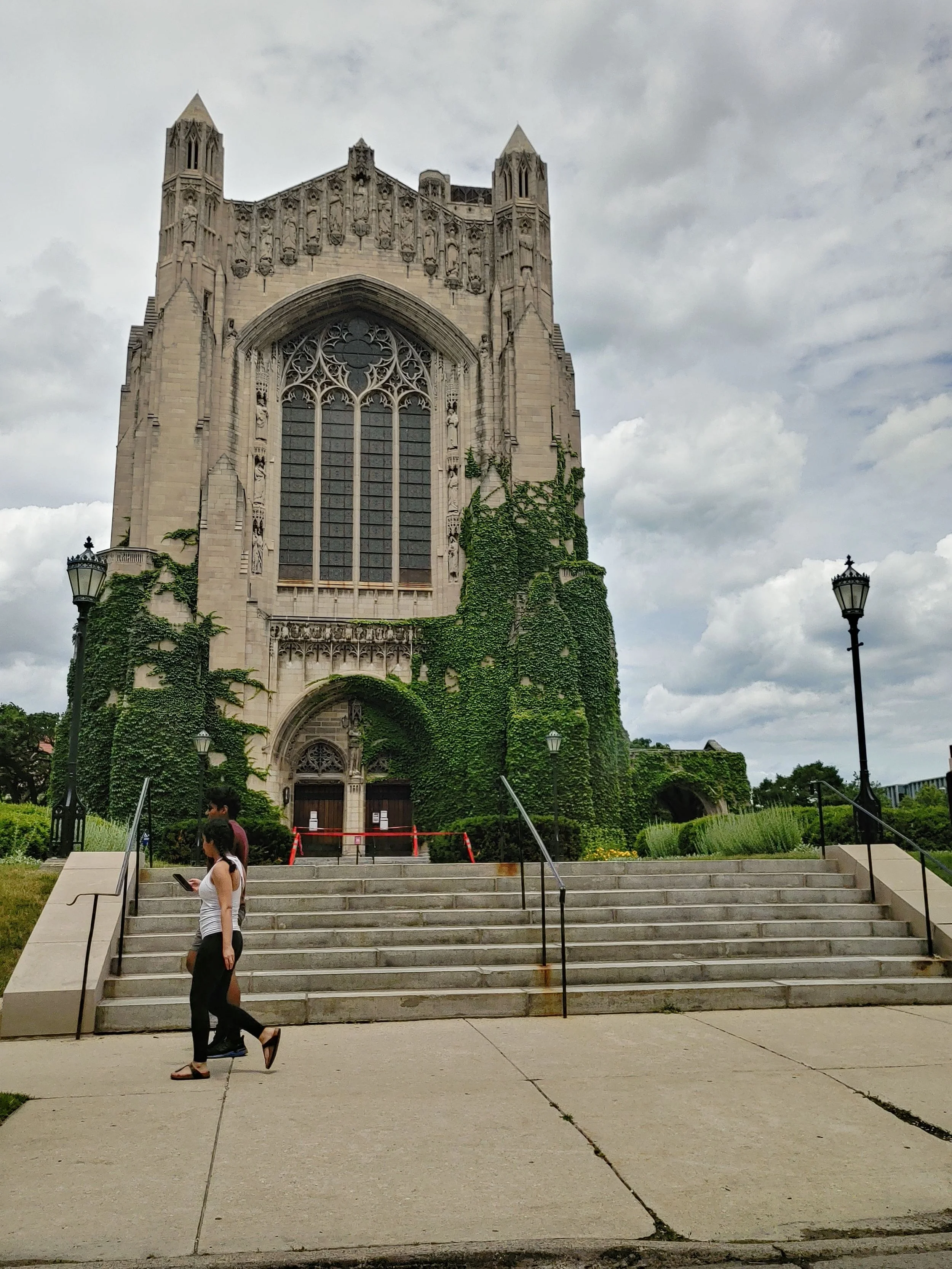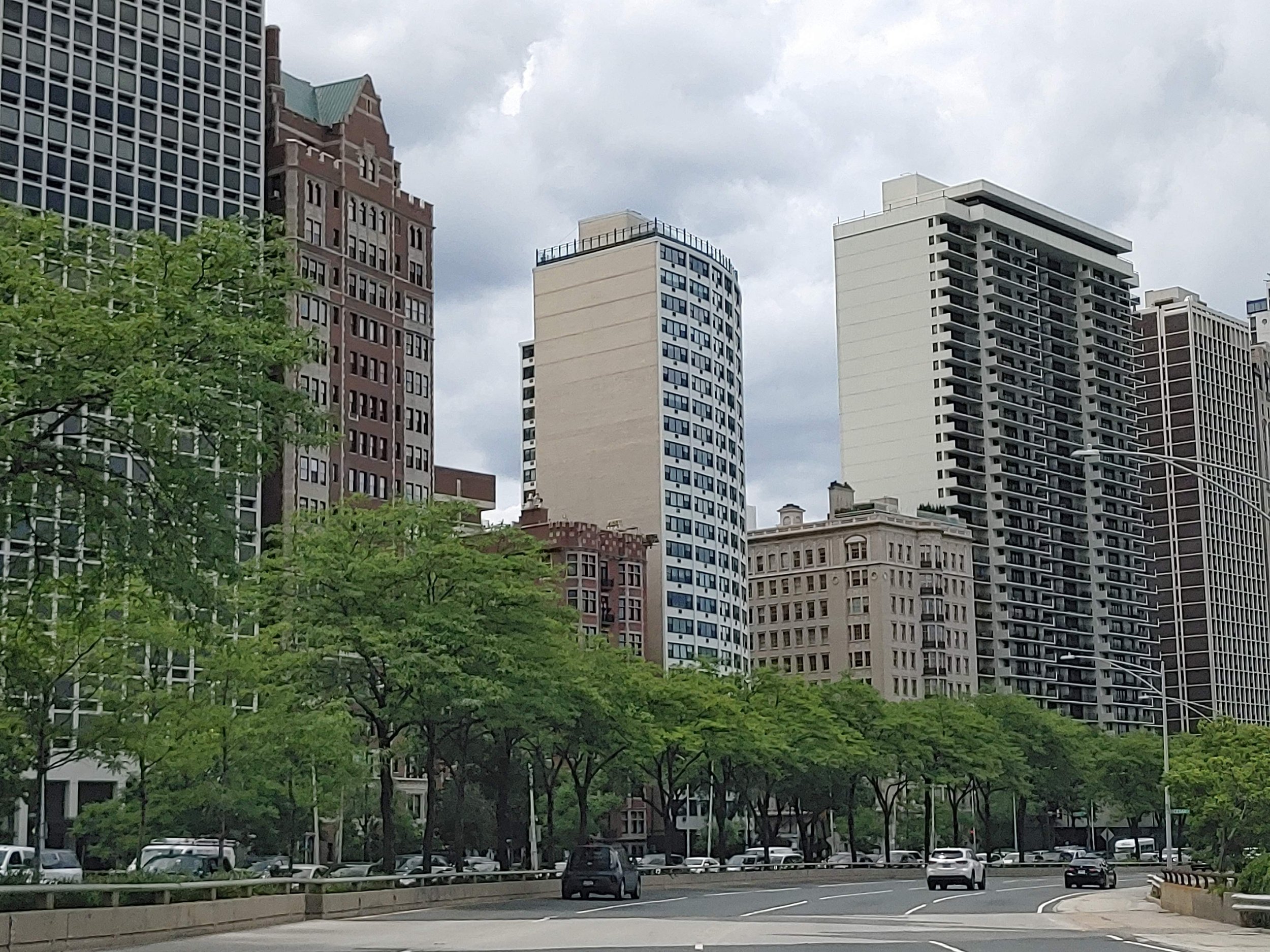University of Chicago
Chicago, IL





































































Traditionally known as a haven for true intellectuals who enjoy nothing more than the chance to debate a fresh idea. The Common Core remains the intellectual heart of the school, but Chicago has worked hard to shed its reputation as the place where “fun comes to die.” Recent investments in dormitory life, the arts, and athletic facilities-coupled with more aggressive recruiting-have helped attract a growing number of Ivy-caliber applicants, including first-generation undergrads. Quarter system can be stressful. Least socioeconomically diverse among elite schools.
The University of Chicago attracts students eager to move beyond the cliquishness of high school and the superficial trappings of Ivy League résumé building-the kids more concerned about learning for learning’s sake than about getting a job after graduation, though they’re certainly capable of the latter. “‘Life of the Mind’ is taken very seriously,” says a student. “The academic atmosphere extends beyond the classroom, and most people like it that way.” Still, administrators have realized that in the 21st century, even the best schools cannot survive on intellectual might alone. To make UChicago more attractive, they’ve stopped requiring the SAT or ACT for admission, broadened the offerings in the core curriculum, expanded study abroad programs and career advising, and completed a bevy of new facilities. The result? Applications have doubled in the last decade and enrollment is surging. Says a freshman, “The fact that college here is a good time just makes us that much happier.”
The university’s 217-acre, tree-lined campus sits in Hyde Park, an eclectic community on Chicago’s South Side, surrounded by neighborhoods on three sides and Lake Michigan on the other. One of 77 city neighborhoods, Hyde Park “is pretty intellectual,” says one student, noting that “two-thirds of our faculty live here.” Streets are lined with brownstones, rowhouses, and townhouses, giving way to luxury high-rises with beautiful views as you get closer to the lake; the city’s Museum of Science and Industry is within spitting distance. The campus itself is self-contained and architecturally magnificent. The main quads are steel-gray Gothic-gargoyles and all-and other buildings were designed by the likes of Frank Lloyd Wright, Eero Saarinen, and Mies van der Rohe. The Regenstein Library (known as “the Reg”) is a national treasure, symbolically located in the heart of the campus. Next to the Reg is the Mansueto Library, a geodesic dome.
Founded in 1890 thanks to John D. Rockefeller and Marshall Field largesse, UChicago has historically drawn praise for its graduate programs, but in recent years the undergraduate college has flourished, competing successfully with the likes of Stanford, Harvard, and Princeton. To that end, the university remains unequivocally committed to the view that a solid foundation in the liberal arts is the best preparation for future study or work and, moreover, that theory is better than practice. Thus, music students study musicology, but also learn calculus, along with everyone else. Regardless of major, 15 to 18 of a student’s 42 courses fall under general education requirements called the Common Core, which is one of the most comprehensive sets of distribution requirements anywhere. (The precise number of courses in the Core depends on how much foreign language instruction a student needs to reach proficiency.)
Other Core requirements include courses in the sciences and math, humanities, arts, social sciences, and a sequence of study in a specific civilization. There is a required writing tutorial as well. Sound intense? Well, yes, students say it is, especially because UChicago pioneered the quarter system, whereby class material is presented over 10-week periods, with the first term starting in late September and ending in mid-December. In practice, this means that students take more classes over four years than they would on a semester-based system, with virtually uninterrupted work through the year, punctuated by a long summer vacation and three exam weeks. A senior says, “With an intense workload, it is important to practice time management in order to succeed. Once you get into the swing of things, however, everything is manageable (though still intense).” Seniors are also encouraged to do final-year projects. Classes are intimate, with 79 percent enrolling fewer than 20 students, and led by brilliant and distinguished faculty members who’ve won Nobel Prizes, Guggenheims, and other prestigious awards. Professors “expect your work to be completed at a very high level, which causes some assignments to take longer than they would somewhere else,” says one mathematics major.
The economics department, which has produced numerous Nobel laureates, is known as a bastion of neoliberal economics and is UChicago’s main academic claim to fame. Popular majors include economics, biological sciences, mathematics, public policy studies, and English. Interdisciplinary majors in environmental and urban studies and global studies are notable. The university also prides itself on area studies programs, such as those focusing on East Asia, South Asia, the Middle East, and the Slavic countries. The Accelerated Medical Scholars Program allows exceptional undergrads to begin medical school during their fourth year, and similar joint-degree and professional options allow undergrads to engage with any of the university’s other graduate and professional schools. The cross-subject molecular engineering major-the university’s first ever undergraduate degree in engineering-focuses on “solving societal problems at the molecular level”; students delve into such topics as water conservation, quantum computing, and advances in biological immuno-engineering.
Students enjoy an abundance of research assistantships and opportunities for publication, even before they graduate. Through the Metcalf Internship Program, students have access to 3,000 fully funded internships that are offered exclusively to UChicago students. Established internships are available at the Argonne National Laboratory and Fermilab, both located in nearby suburbs, and at the UChicago-affiliated Marine Biological Laboratory in Woods Hole, Massachusetts. When Chicago gets too cold and snowy, students may take advantage of more than 60 study abroad programs, which reach most corners of the globe and include study at the university’s centers in Hong Kong, Beijing, Delhi, and Paris. Financial aid applies to study abroad programs, and 40 percent of students take part. All students are assigned both an academic and a career advisor, and UChicago has one of the best career advising systems of any school, aimed at assuring that its graduating intellectuals can still get a job.
At UChicago, says a junior, “What brings together the student body is a love for learning and maybe just a bit of geekiness, whether that comes from a love of Plato or an obsession with The Big Bang Theory.” Sixty-nine percent of undergraduates come from out of state, including many East Coasters with academic parents; another 14 percent are international. Asian Americans represent 19 percent of the total, Hispanics 14 percent, African Americans 5 percent, and multiracial students 6 percent. Students are quick to give voice to opinions and political allegiances. “It would be nice if there was a less hostile political climate on campus,” laments one student. In a sign of UChicago’s educational philosophy that attracted national attention in 2016, incoming freshmen received a letter reiterating the university’s commitment to freedom of speech and thought, rejecting “safe spaces” for the hypersensitive and cancellations of invitations to controversial speakers. Admissions at UChicago are need-blind, and the university meets 100 percent of students’ demonstrated need with financial aid packages that include grants instead of loans. The Odyssey Scholarship program offers generous financial aid packages, funding to support internships or study abroad, and other benefits to first-generation and lower-income students. Still, just 10 percent of incoming freshmen qualify for the Pell Grant.
UChicago guarantees on-campus housing for four years, and 58 percent of all undergrads live in the dorms. “Every incoming first-year has to live in a house,” explains a student. “Houses here are like Hogwarts in the sense that students form very intense loyalty toward their house and therefore there is competition between houses.” All halls are co-ed, though some offer single-sex floors, and each dorm is different-some house fewer than 100 people in traditional, shared double rooms without kitchens, while another has 700 beds organized into colorful suites. The new Woodlawn Residential Commons, completed in 2020, offers a dining facility and 11 college houses accommodating 1,200 undergrads. It is part of a long-term campaign to provide more on-campus housing. Still, “Hyde Park has tons of really cute, cheap apartments,” reports one student, so many of the more “independent-minded” students move off campus. “The campus feels very safe,” says one student. “Not only does UChicago employ its own police force, but security guards are stationed around the neighborhood to help increase the safety.” Through the Sexual Assault Dean-on-Call program, students who have experienced assault can reach a trained campus official 24/7 for crisis assistance and continued support.
The UChicago social scene is varied, according to a senior. “There is always some sort of event going on around campus, be it a theater performance or an a cappella show, but the city of Chicago is the backyard for UChicago, and students are always exploring it.” Indeed, the university’s a cappella scene is one of the tops in the country, and the city offers museums galore; world-class symphony, opera, and dance; the Second City comedy improv troupe (invented by University of Chicago undergrads); professional spectator sports; and plenty of clubs and bars. The university provides students with free, unlimited access to all parts of the city via public transportation, and Arts Pass offers free or discounted student admission to city art, theater, and cultural events. Cars are a nice luxury (if you can find a parking place). Road trips are infrequent, but one popular destination is Ann Arbor, about five hours away, for concerts and more traditional collegiate fun at the University of Michigan. Greek life has a small presence on campus, with 8 percent of the men and 12 percent of the women joining local fraternities and sororities.
Tradition is a hallmark at UChicago. Students have fond memories of freshman orientation, known as O-Week, an event administrators claim was invented at the university in 1934. In the winter, students head for the outdoor skating rink on the Midway, site of the 1893 World’s Fair, for broomball. Students also celebrate the festival of Kuviasungnerk/Kangeiko (“Kuvia” for short), a week of early morning calisthenics and other activities, culminating in a Friday morning yoga session by Lake Michigan and a Polar Bear Run, where naked or seminaked Maroons dash across the academic quad. Each spring, students look forward to Scavenger Hunt (“Scav”), “a pumped-up version of a regular scavenger hunt, with a list of 300 bizarre items,” says a sociology major. Campuswide games of Humans vs. Zombies are played once every quarter.
UChicago’s Maroons compete in Division III, and the school belongs to the University Athletic Association, where rivals include Emory and Washington University in St. Louis. Aside from hitting the gridiron or the basketball court, “even the varsity athletes are Phi Beta Kappa (that is, very smart) and involved with university theater,” a junior marvels. In fact, athletes here have a higher overall GPA than the student body as a whole. To everyone’s surprise, the football team has had a couple of winning seasons. Consistently solid programs include women’s basketball and men’s and women’s tennis, soccer, cross-country, and track and field. Intramurals draw heavy participation, with students competing on their house teams in sports ranging from the traditional (flag football, soccer, and volleyball) to the offbeat (inner-tube water polo, broomball, and archery). Thirty-nine club sports are available as well.
Although T-shirts lovingly mock the university’s rigor (“Where Fun Comes to Die”), the University of Chicago has moved well beyond the Spartan attitudes of former president Robert Maynard Hutchins, who led UChicago from 1929 to 1951 and once told members of the football team that was about to be abolished, “When I feel like exercising, I just lie down until the feeling goes away.” A major national force for the liberal arts, he also once declared, “My idea of education is to unsettle the minds of the young and inflame their intellects.” UChicago undergraduates today are certainly more social and more heavily involved in extracurricular activities than their predecessors, but the university still occupies its distinctive historical academic niche. The prevailing culture remains highly academic, and the university draws strength from its role as a high-powered haven for superbright students, including those who lack the polished nonacademic credentials favored by admissions committees in places like Cambridge and New Haven. Students at UChicago continue to relish a different kind of fun.
-Fiske Guide

